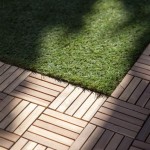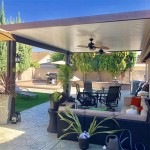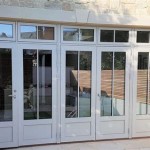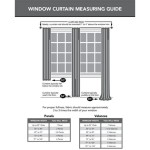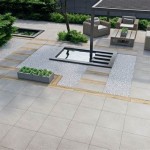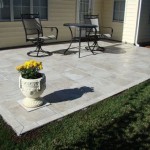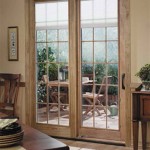How To Keep Birds From Pooping On Your Patio Furniture Cushions
Bird droppings on patio furniture cushions are a common nuisance for homeowners. The acidic nature of bird excrement can stain and damage fabrics, necessitating frequent cleaning or even replacement. Fortunately, several preventative measures can be implemented to deter birds and protect outdoor furniture.
One of the most effective methods is to physically block birds from landing on the cushions. Covers specifically designed for patio furniture provide a barrier against droppings while also protecting the cushions from the elements. These covers are available in a variety of sizes and materials, ensuring a suitable fit for different furniture types. When not in use, the cushions can be easily covered, preventing birds from accessing them.
Another physical deterrent involves the use of bird spikes. These plastic or metal spikes create an uneven surface that makes it difficult for birds to land and perch. They can be installed along the backs and arms of furniture, effectively discouraging birds from settling there. While effective, bird spikes should be used judiciously and positioned so they do not pose a hazard to humans or other animals.
Reflective surfaces can also deter birds. Birds are sensitive to light and movement, and reflective objects can create visual disturbances that discourage them from approaching. Hanging reflective tape, CDs, or metallic pinwheels near the furniture can create an environment that birds find unsettling, prompting them to seek alternative perching spots.
Predatory bird decoys can exploit a bird's natural fear of predators. Realistic-looking decoys of owls, hawks, or eagles can be placed strategically around the patio area. For optimal effectiveness, these decoys should be moved periodically to maintain the illusion of a live predator and prevent birds from becoming habituated to their presence.
Sound deterrents offer another avenue for discouraging birds. Ultrasonic devices emit high-frequency sounds that are inaudible to humans but irritating to birds. These devices can be effective in deterring certain bird species, although their efficacy can vary. Similarly, sonic deterrents that emit the sounds of predatory birds can frighten birds away from the area.
Modifying the environment around the patio can also help deter birds. Bird feeders and bird baths attract birds to the area, increasing the likelihood of droppings on furniture. Relocating these attractants to a different part of the yard can reduce bird activity in the immediate vicinity of the patio. Similarly, removing sources of standing water, such as puddles or leaky faucets, can eliminate a potential drinking source for birds.
Regular cleaning of the patio area can also contribute to deterring birds. Removing food scraps, spilled seeds, and other potential food sources eliminates incentives for birds to frequent the patio. Keeping the area clean and free of debris makes it less appealing to birds searching for food.
Stringing fishing line or thin wire above the furniture can create a subtle barrier that birds find difficult to navigate. The nearly invisible lines disrupt their flight path and discourage them from landing on the cushions. This method is particularly effective for smaller birds and can be implemented discreetly without significantly impacting the aesthetics of the patio.
Motion-activated sprinklers can provide a startling deterrent for birds. When a bird lands on the furniture, the sprinkler activates, spraying a brief burst of water that frightens the bird away. Over time, birds learn to associate the furniture with the unpleasant spray and avoid the area altogether.
Citrus peels contain natural oils that birds find unpleasant. Scattering citrus peels around the patio furniture and replacing them regularly can deter birds from landing on the cushions. This method provides a natural and environmentally friendly way to discourage birds without resorting to harsh chemicals.
Commercial bird repellents are available in various forms, including sprays and gels. These repellents typically contain natural or synthetic ingredients that create an unpleasant taste or smell for birds, discouraging them from landing on treated surfaces. When using commercial repellents, it is important to follow the manufacturer's instructions carefully and ensure that the product is safe for use around humans and pets.
Implementing a combination of these methods often provides the most effective results. By understanding bird behavior and utilizing a multi-faceted approach, homeowners can significantly reduce the incidence of bird droppings on their patio furniture cushions and maintain a clean and enjoyable outdoor space.

12 Tips On How To Keep Birds From Pooping My Deck Porch Patio And Pool

How To Keep Birds Off Patio Furniture 10 Humane Ways House Grail

How To Keep Birds From Pooping On My Porch 14 Ways

8 Ways To Keep Birds Off Patio Furniture And Porch

How To Keep Birds Off Your Porch With 15 Tricks Worst Room

How To Clean Bird Poo Off Your Garden Furniture Lazy Susan

How To Keep Birds From Pooping On My Porch 13 Methods

How To Clean Bird Poo Off Your Garden Furniture Lazy Susan

How To Keep Birds From Pooping On My Porch 14 Ways

Bird Deter For Patio Furniture Pond Boss Forum
Related Posts

